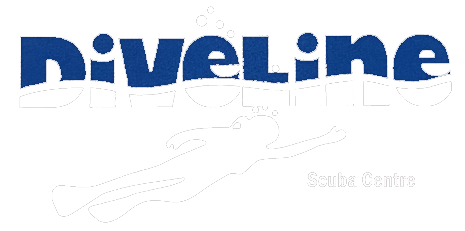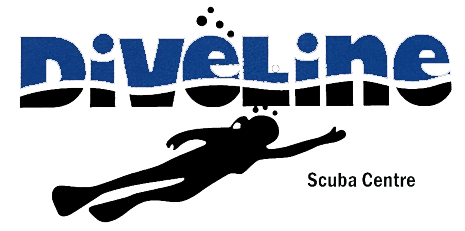Mollusca

General Information
-
Mollusca means “soft-bodied”
-
Second largest phylum with approximately 85,000 recognised living species.
-
Largest marine phylum, 23% of all named marine organisms
-
Include chitons, clams, mussels, snails, sea slugs, tusk shells, octopus, and squid
-
Gastropods (snails and slugs) are the most numerous and account for 80% of the total
-
Highly diverse in size, anatomical structure, behaviour and habitat
-
The phylum is typically divided into 7 or 8 taxonomic class, two are entirely extinct.
- Includes Cephalopod molluscs, such as squid, cuttlefish and octopuses are amongst the most neurologically advanced of all invertebrate
- The giant squid or colossial squid is the largest known invertebrate species.
Defining Characteristics
- The body is soft and segmented, into three region, head, a vesceral mass and ventral foot
- Body is covered with mantle and shell
- a mantle with a significant cavity used for breathing and excretion
- a protective calcareous external skeleton, the shell, is secreted from the back.
- Two types of basic symmetry are involved in their body structure:
- Active animals in pursuit of food have bilateral symmetry
- Sessile animals have radial symmetry (Heller, J. 2015)
- The presence of a rasping tongue (radula) in the mouth.
- This is drawn out by sliding it over a cartilage cushion, gathers food and carries it back in. It consists of a narrow elastic ribbon beset with rows of teeth. Bivalves have no radula.

